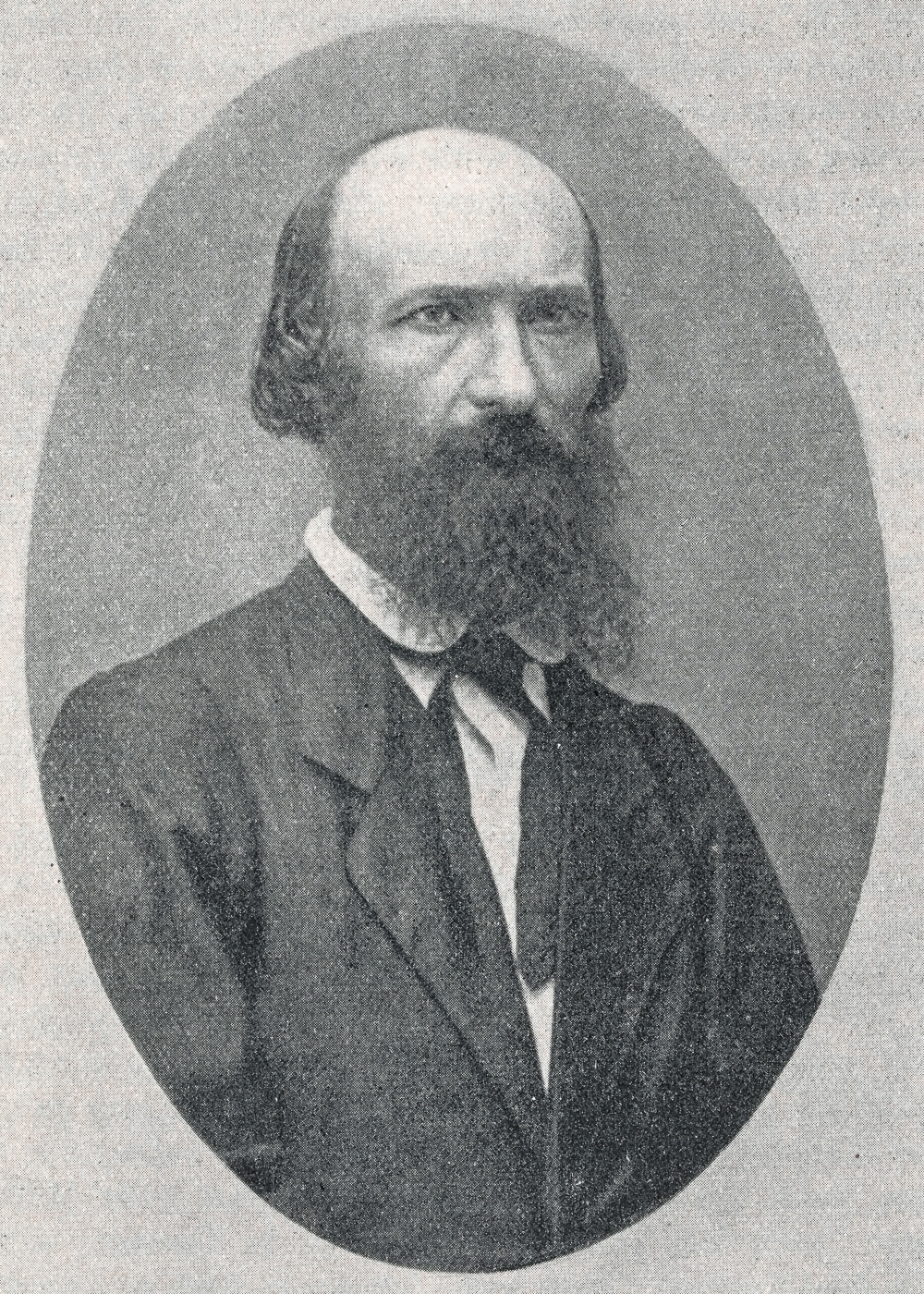Darwin received letters from so many people and wrote so many fascinating letters himself, that it’s hard to choose from many letters that stand out, but one of this editor’s favourites, that always brings a smile, is a letter from Fritz Müller written 5 April 1878. Müller was a German naturalist who had emigrated to the German colony of Blumenau in Brazil in 1852. He had a PhD in natural sciences and had completed studies for a medical degree, but refused to take the required oath that would have allowed him to practice as a physician in Germany. During his student days, Müller had gradually moved from a very liberal Protestantism to a more radical and total loss of religious faith, a stance that severely limited his job prospects and effectively ruled out a career in education or medicine in post-1848 conservative Prussia. Although life in Blumenau was challenging, Müller flourished in the vast natural laboratory of Santa Catarina province in southern Brazil. Darwin was delighted to find a correspondent who had access to a wealth of plant and animal specimens, wrote in almost flawless English, possessed acute observational and experimental skills, and whose interpretation of phenomena was similar to his own. In short, Darwin and Müller were very much on the same wavelength in their approach to studying the natural world.
Müller begins this letter by mentioning notes that he has enclosed on Brazilian entomology. These were forwarded by Darwin to the Entomological Society of London and eventually published in the society’s Transactions Müller then responds to a request from Darwin that he observe Mimosa leaves in heavy rain and hot weather. Darwin had not explained why he wanted Müller to make the observations, but Müller seems to have intuited Darwin’s reason: how would a plant that was sensitive to touch react to being pelted by rain. Müller recorded his observations: the leaflets were insensible to all but a strong touch, but the pulvinus of the petiole (the hinge-like protuberance at the base of the leaf stalk) remained sensitive to a light touch. He then summarises the enclosed notes, which concerned his observations on the various odour-producing organs in butterflies together with his speculations on the differences of protective versus attractive odours and how these might have developed by natural or sexual selection.
The next section of the letter demonstrates not only Müller’s skill as an observer and experimenter, but also his sense of humour. It concerns Müller’s attempts to raise caterpillars from eggs of butterflies and to find suitable food plants for different species. Based on his knowledge of the food plants of three butterfly species in the same subfamily, Müller used their common food plant to raise caterpillars of another butterfly in that subfamily. Although each was from a different genus, the caterpillars were so similar, Müller noted they might have been united in the same ‘caterpillar genus’. Müller also found eggs of an unidentified species of the tribe Heliconiini (passion-vine butterflies) on a leaf of Passiflora quadrangularis (giant granadilla). These butterflies are usually very easy to raise, but Müller could see they were all dying. It then occurred to him that the mother had laid her eggs on the wrong plant, so he tried the last survivor on leaves of other Passiflora species. Based on the leaves it chose, Müller surmised what species it would prove to be, and was duly proved correct in his assumption. His reaction to the mother’s ‘error’ was that ‘though based on a far more solid ground, than that of the pope, the infallibility of butterflies also is not absolute’. (The doctrine of papal infallibility had been defined at the First Vatican Council of 1869–70).
Müller closes the letter with a complaint that a yellow-fever epidemic on the coastal area of Santa Catarina had made the inhabitants of his region ‘prisoners’ and resulted in irregular postal service, so that his copies of Nature arrived at random times and out of sequence. He also mentions having seen a Niata cow while on an excursion, but that, unlike the creature/s Darwin had described in his Journal of researches, this individual was extremely tame. Müller ends by sending regards to Francis Darwin, with whom he had also begun to correspond.
What shines through in this letter is Müller’s enthusiasm for his research and pleasure in assisting Darwin. His gentle but pointed comment on butterfly behaviour brightens an otherwise rather technical discussion, and shows a sense of fun. Müller in this letter, as always, wears his knowledge lightly.
Shelley Innes



